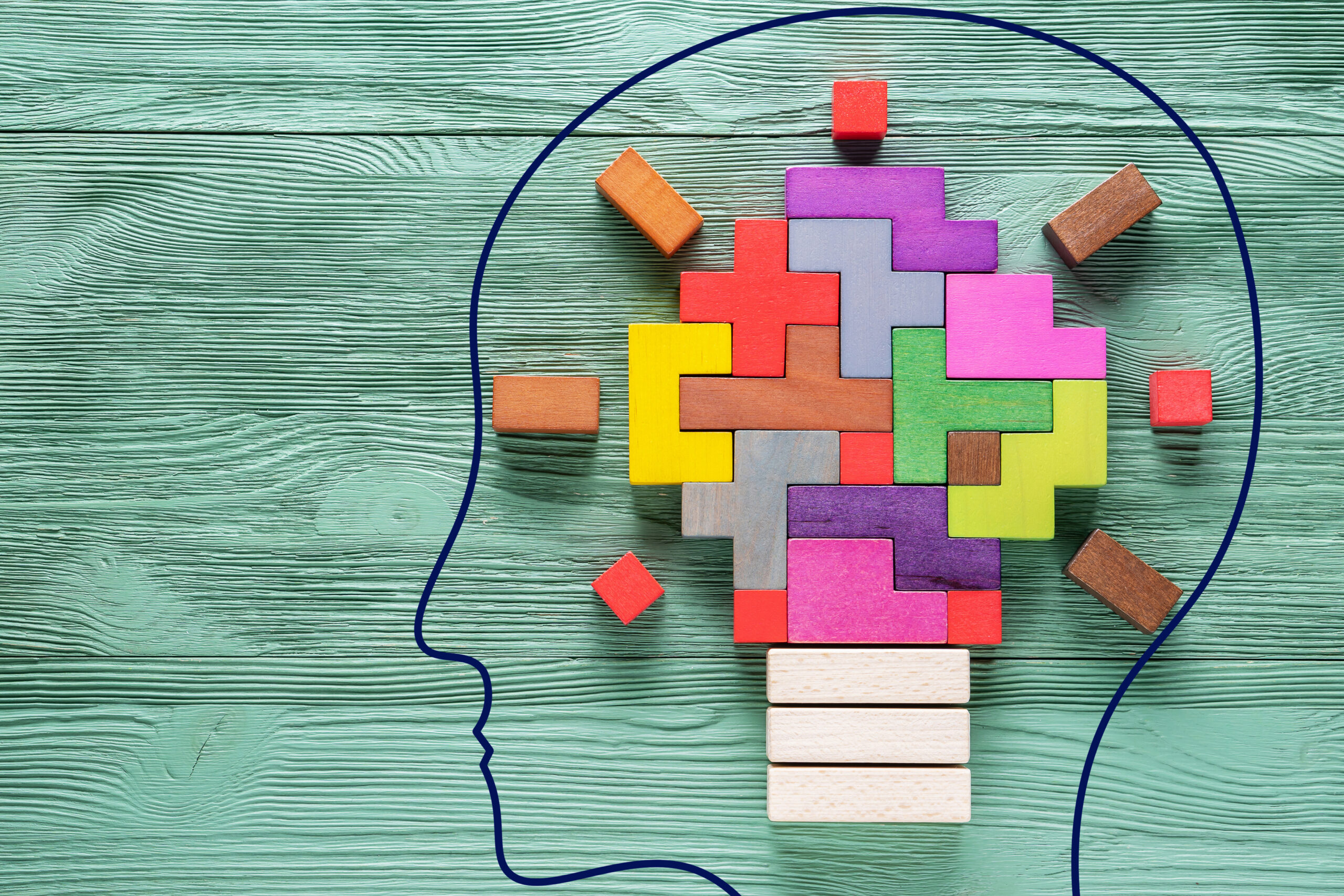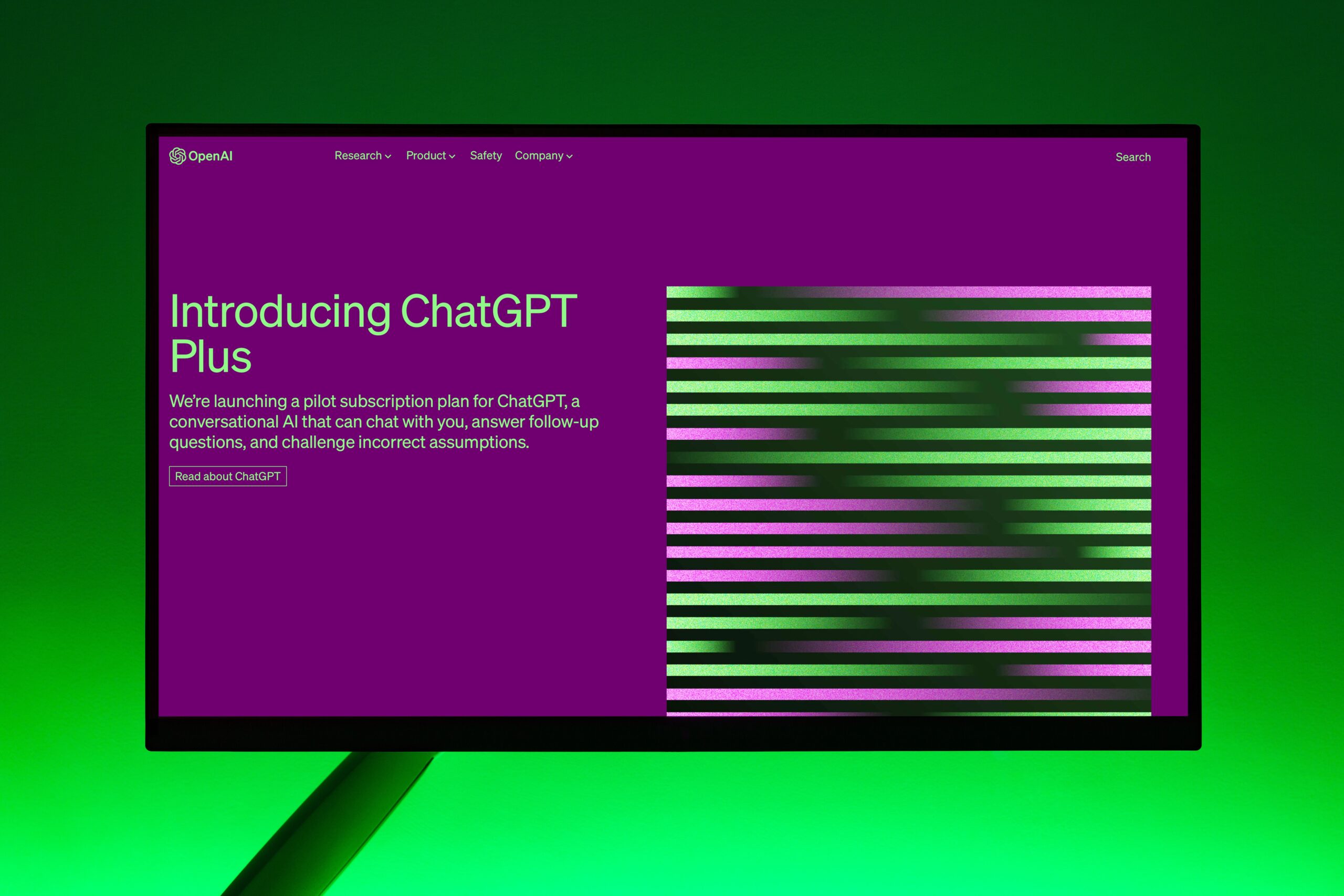Imagine a world where every dilemma we encounter is met with a unique tool, an apparatus that elegantly reveals answers when properly used. Picture a life where we can seamlessly pick the right instrument from our collection, a tool skilled in transforming complex data into easily digestible morsels. This is not simply a flight of fancy; it encapsulates the core of Tool Thinking – a set of highly valued skills honed for such tasks.
Charlie Munger, a respected businessman renowned for his deep intellectual frameworks and practical wisdom, sheds light on the concept of mental models:
“Mental models are not just scholarly constructs, even though they may stem from such origins. These models present a simple structure that a practical thinker relies upon when collecting facts and arranging them within a meaningful context. Mental models act as tools that are readily available for our daily use.” – Charlie Munger
Tool Thinking involves the application of specific tools, frameworks, and models for problem analysis, decision making, and the untangling of complex issues. It requires the use of the systematic methodology and insights these tools provide to deepen our understanding of the situation and devise effective solutions. The essence of Tool Thinking can be condensed into seven critical steps.
Selection of Tools
Tool thinking begins with identifying and selecting appropriate tools, frameworks, or models that are relevant to the problem at hand. This could involve using well-established frameworks from various disciplines, such as SWOT analysis, Porters’s Five Forces, PESTEL analysis, or the Balances Scorecard, among many others. The choice of tools depends on the specific problem, the available data, and the desired outcomes.
Structured Analysis
Once the tools are selected, tool thinking involves systematically applying the chosen frameworks and models to analyze different aspects of the problem. These tools provide a structured approach, guiding the analysis and organizing information in a meaningful way. They often offer a step-by-step process or set of questions to explore and examine critical elements.
Information Organization
Frameworks and models help tool thinkers organize and structure information. They provide a framework for categorizing relevant data, identifying key factors, and understanding the relationships between them. By employing these tools, individuals can break down complex problems into manageable components, facilitating a more systematic and comprehensive analysis.
Insights and Insights Generation
Tool thinking using frameworks and models enables the generation of insights and a deeper understanding of the problem. These tools often reveal patterns, connections, and interdependencies that may not be immediately apparent. By applying the frameworks and models, individuals can uncover valuable insights that inform decision-making and solution development.
Decision-Making Support
Tool thinking serves as a support system for decision-making. The frameworks and models provide a structured approach for evaluating options, weighing pros and cons, and considering different scenarios. They enable individuals to assess the potential impact of different choices and make informed decisions based on the analysis conducted using the tools.
Communication and Collaboration
Frameworks and models facilitate effective communication and collaboration. They serve as a common language and visual representation that can be easily shared and understood by others. Tool thinking using frameworks and models helps convey complex ideas, foster discussions, and collaborate with stakeholders to collectively analyze problems and develop solutions.
Adaptability
Tool Thinking is adaptable and flexible. It acknowledges that different tools or combinations of frameworks and models. Tools thinkers are open to exploring and integrating various approaches to address the unique aspects of each.
Using the above steps, you will be able to select specific tools, frameworks, and models to analyze problems, make decisions and solve complex issues. A very advanced tool thinker or someone with enough knowledge and expertise will be able to create their own tools, frameworks and models; but most tools, frameworks and models already exist, and can be found in books or educational courses.


